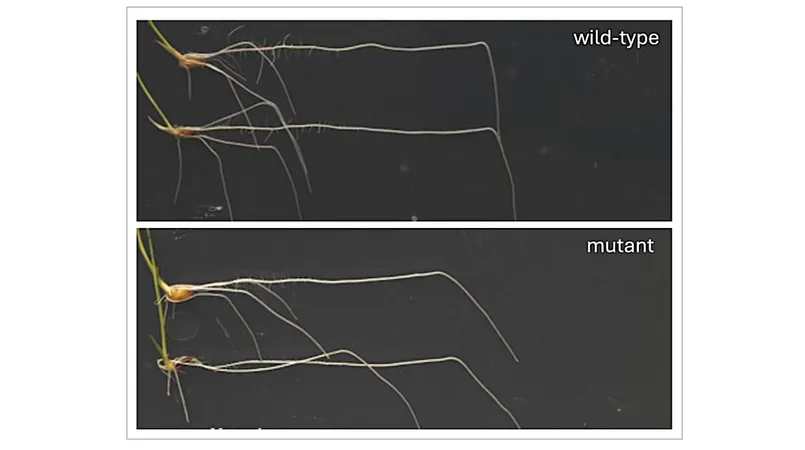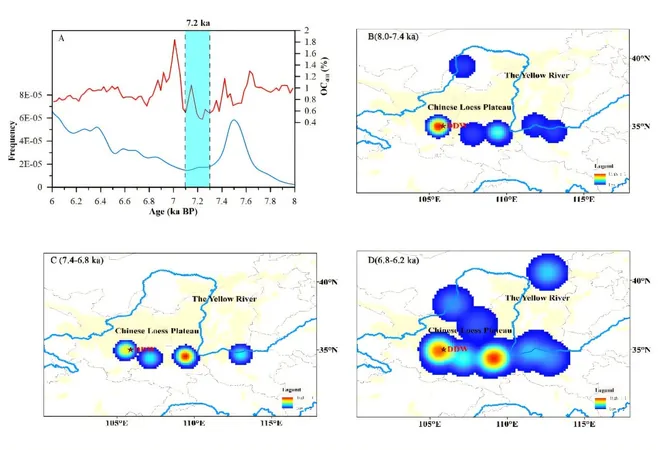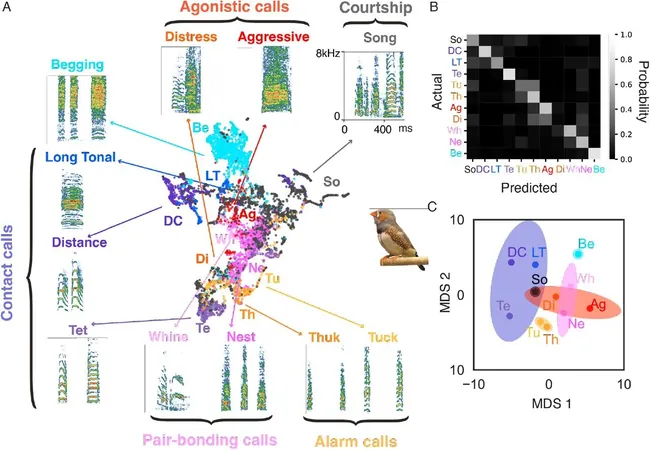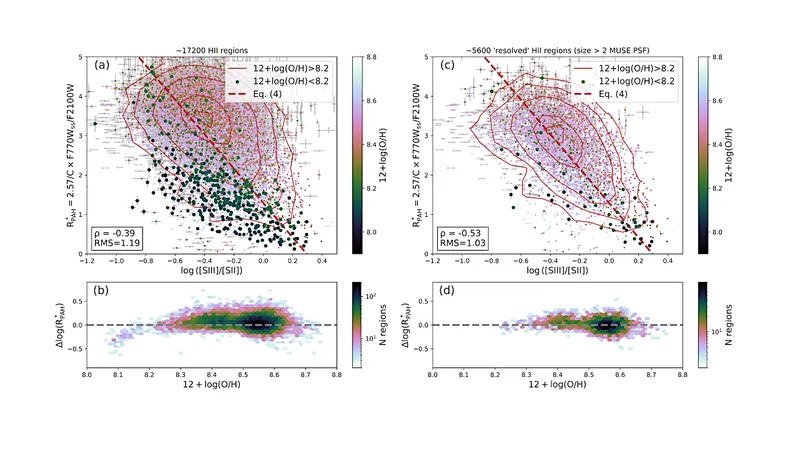
Revolutionary Discovery: How Plant Roots Master the Art of Bending Towards Gravity!
2025-09-20
Author: Charlotte
Scientists Crack the Code of Root Behavior!
A groundbreaking study has revealed the secrets behind how plant roots expertly bend downward in response to gravity—an incredible phenomenon known as gravitropism. This research, conducted by brilliant minds from the University of Nottingham and Shanghai Jiao Tong University, dives deep into the role of the plant hormone auxin.
The Power of Auxin Unleashed!
So, how does auxin work its magic? It activates a specific gene that fortifies cell walls on the lower side of plant roots. This reinforcement effectively halts growth downwards while allowing cells on the upper side to expand. This unique mechanism explains how roots can bend gracefully towards the earth, even when faced with obstacles.
A Breakthrough in Botanical Research!
Dr. Rahul Bhosale, an esteemed Associate Professor, highlighted the significance of this discovery, noting that it clarifies auxin's dual role in promoting and inhibiting cell elongation. Prior to this research, the specific mechanisms driving this process were shrouded in mystery.
Connecting Dots: From Gravity to Drought!
Moreover, this research builds on previous findings regarding the hormone abscisic acid (ABA), known for its critical role in helping plants endure drought conditions. It was found that ABA alters root growth angles by influencing auxin levels during water stress, exemplifying how plants finely tune their growth in response to environmental challenges.
Implications for Future Crop Engineering!
Understanding these hormonal interactions opens a treasure trove of possibilities for cultivating crops that are not only resilient to stress but also adept at navigating complex soil environments. Dr. Bhosale emphasized that shedding light on such intricate biological processes is pivotal for advancing agricultural science and engineering.
Conclusion: A Step Towards Better Agriculture!
These findings, recently published in *Science Advances*, are set to pave the way for innovative agricultural practices that could revolutionize how we grow food in our ever-changing environment. With this knowledge, the future of crop resilience and adaptability looks brighter than ever!









 Brasil (PT)
Brasil (PT)
 Canada (EN)
Canada (EN)
 Chile (ES)
Chile (ES)
 Česko (CS)
Česko (CS)
 대한민국 (KO)
대한민국 (KO)
 España (ES)
España (ES)
 France (FR)
France (FR)
 Hong Kong (EN)
Hong Kong (EN)
 Italia (IT)
Italia (IT)
 日本 (JA)
日本 (JA)
 Magyarország (HU)
Magyarország (HU)
 Norge (NO)
Norge (NO)
 Polska (PL)
Polska (PL)
 Schweiz (DE)
Schweiz (DE)
 Singapore (EN)
Singapore (EN)
 Sverige (SV)
Sverige (SV)
 Suomi (FI)
Suomi (FI)
 Türkiye (TR)
Türkiye (TR)
 الإمارات العربية المتحدة (AR)
الإمارات العربية المتحدة (AR)